STILE DUCATI: The Anatomy of a Speed Aesthetic
|THOM BETTRIDGE
The motorcycle is the most definitive yet prismatic design object of the post-war era. It is also as close as a combustion engine can get to being a “wearable.” This reality is reflected in both the machine’s style and its history. Emanating from the outlaw aura of the ex-GIs turned Hell’s Angels who began customizing their Harley Davidson 74s, the motorcycle embodies the spirit of anarchy intrinsic to our epoch’s cultural output. But the motorcycle is not only a cipher for meth-fueled nomadism in the American West.
Its Japanese racing iterations drip with the energy of 1990s RnB, while the mud-splattered graphics of motocross have become an emblem of the extreme. Here, we learn that the motorcycle is a projection surface as much as it is an engineered object. Minimalist Donald Judd famously used Harley Davidson paint treatments on his sculptures to achieve a high-gloss effect. This choice transformed Judd’s hyper-geometric conceptual sculptures into planes of industrial desire, a gambit later pushed to its logical limit by Jeff Koons.
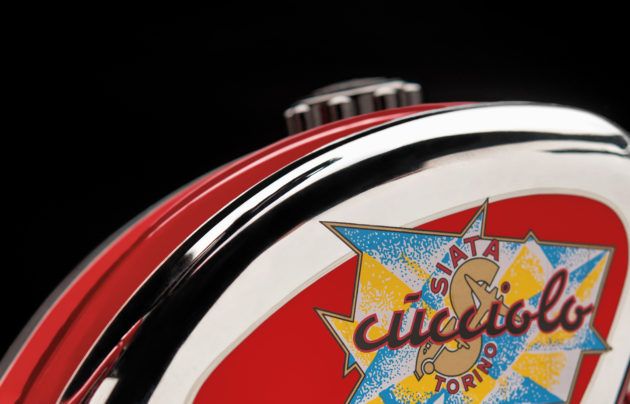
Surface-lust is very much the subject of Stile Ducati, a 240-page ode to the Bologna-based motorcycle manufacturer. With detailed photographs of 19 of the company’s iconic bikes, the book gently combs through a shiny and curved topology of polished and lacquered metal. It brushes over engraved fuel latches, dimpled seat cushions, and tail lights embossed with serial numbers, going almost as close as to examine the pores of the engineering. Punctuated with corporate mantras like “My strength is lightness” and “Our dynamic and flowing lines tell the story of speed,” this tour through Ducati’s output resembles a yogic exercise. Breathe in, breathe out. In the age of cosmetic surgery and Snapchat filters, this is a meditation on the body as a smooth, metallic machine – the commercialized skin of our culture.
Starting with the 1946 Cucciolo – an early moped ancestor with a leather bicycle seat – and unfolding outward towards 2016’s mean-looking 1299 Panigale S Anniversario, Stile Ducati is an unknowing thesis on the idea that form-function is not a dichotomy but rather a compound. The difference between style and machinery is negligible in the aerodynamic forms of its motorcycles – perhaps a trait that stems from the sculptors of the Italian Futurist movement, who mastered the art of turning speed into static form. This penchant is especially evident in Ducati’s graphic treatments, such as with the 750 Paso (1986), which has the words “Controlled Air Flow” written in a scientific sans-serif at the same angle as the vent of its side fairing. The 750 Paso is also credited with popularizing the manufacturer’s signature red, a color imported from the race track. It is a convergence of performance-style that begs the question: Did a motorcycle company invent sportswear?
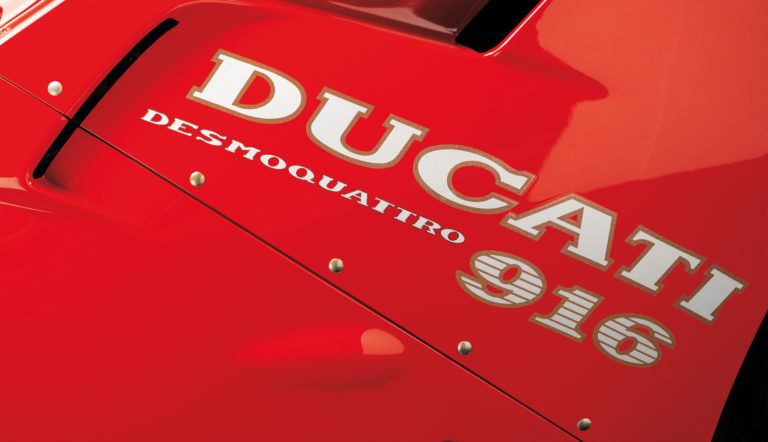
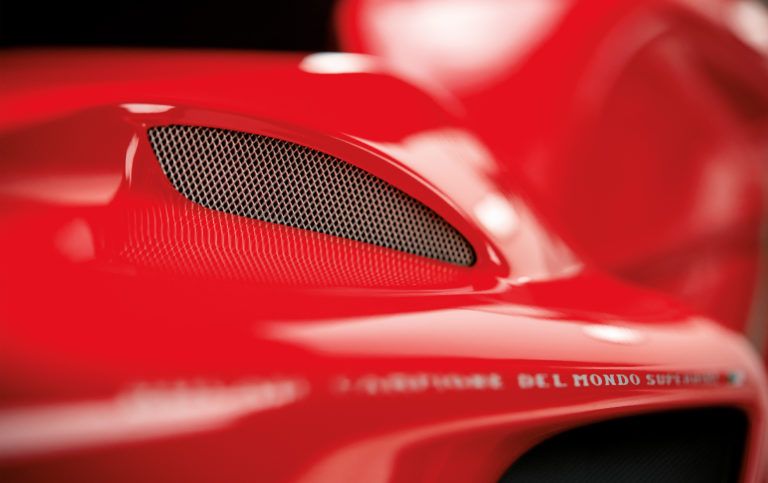
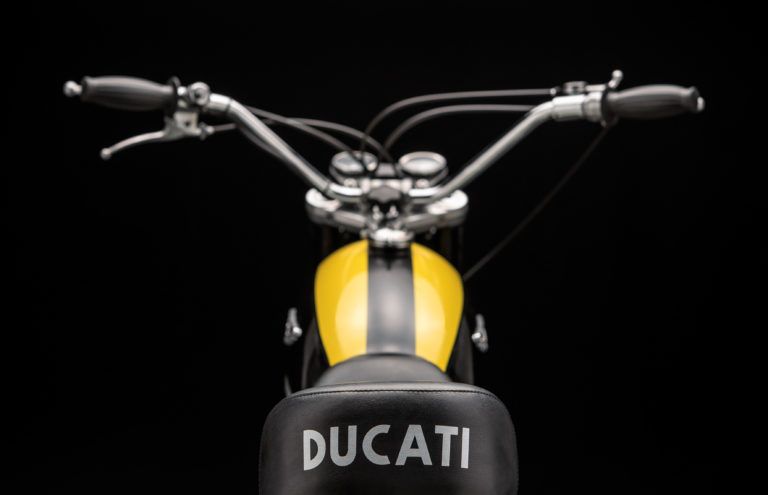
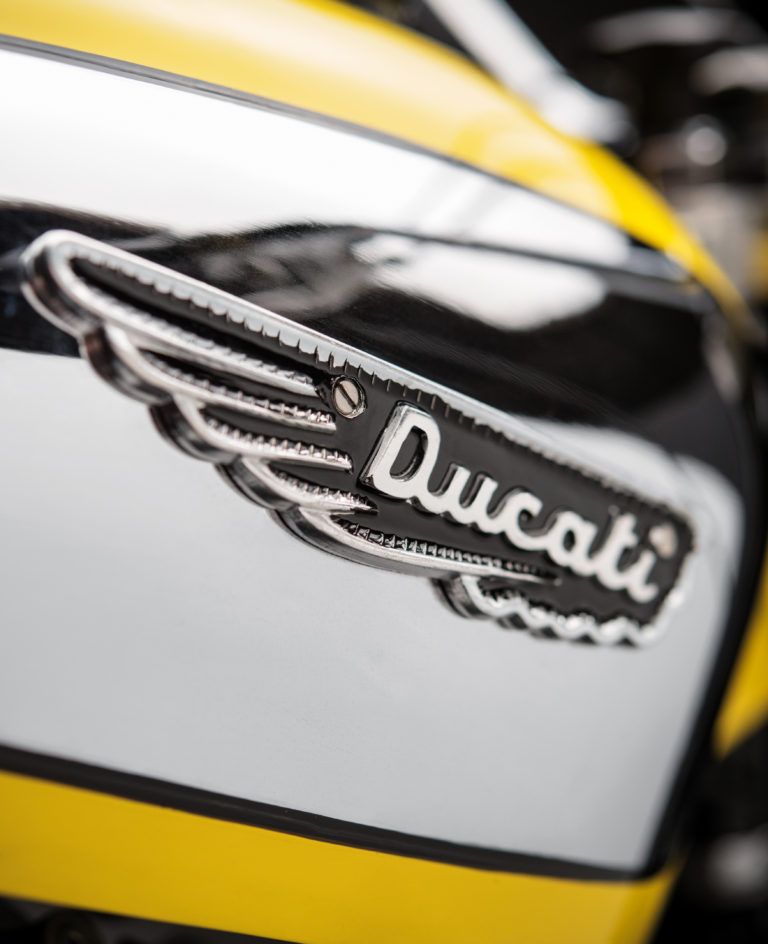
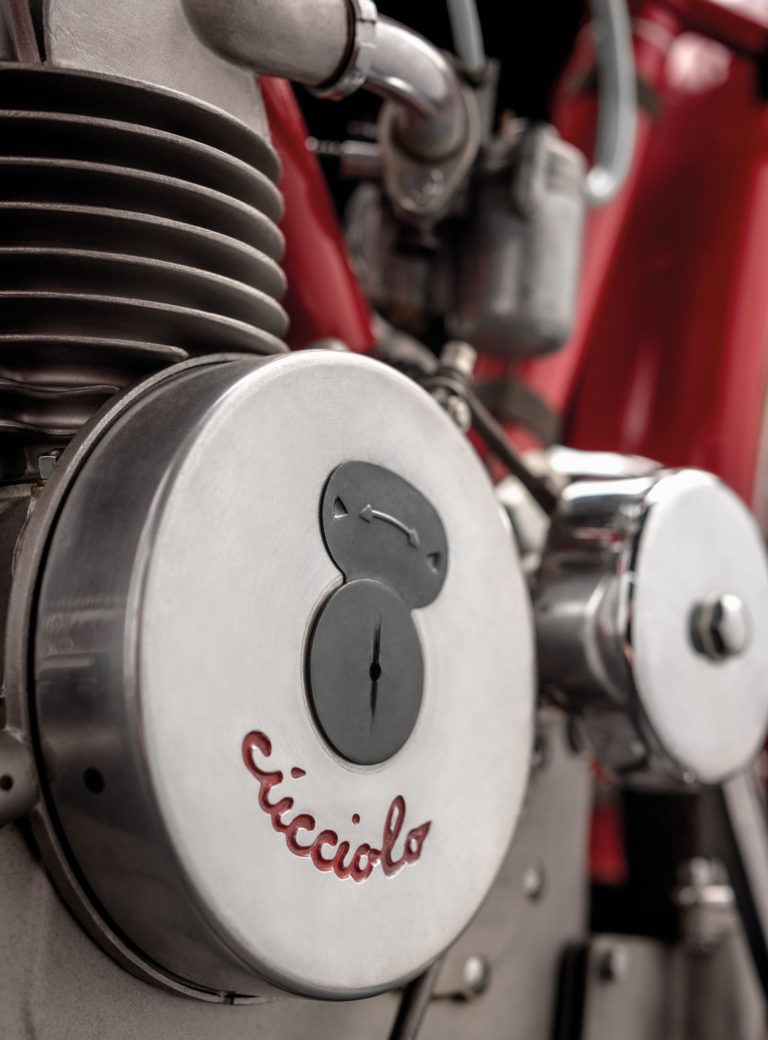
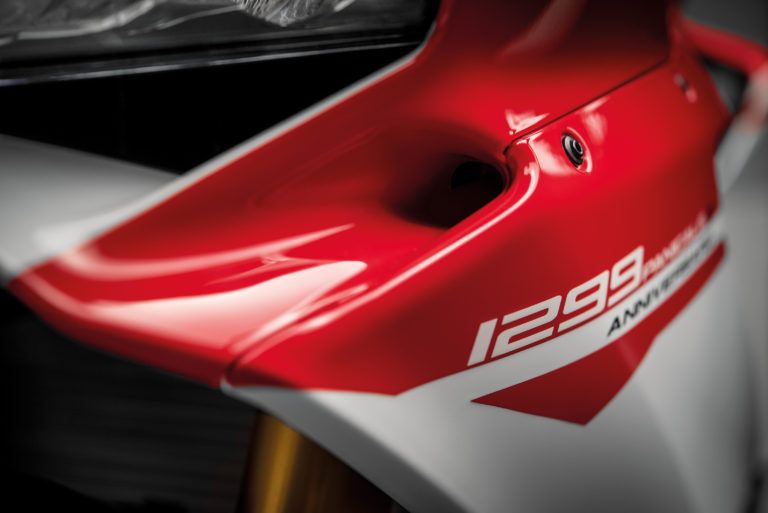
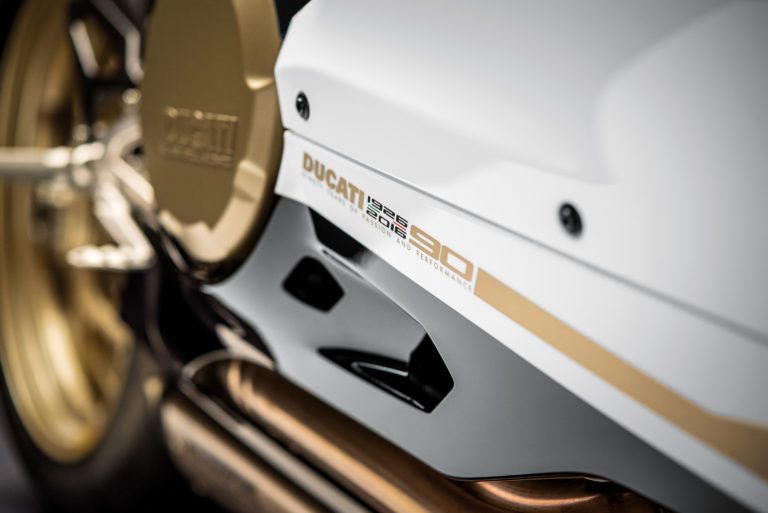
Credits
- Text: THOM BETTRIDGE
- Photography: GIOVANNI DE SANDRE ©Skira 2017
Related Content
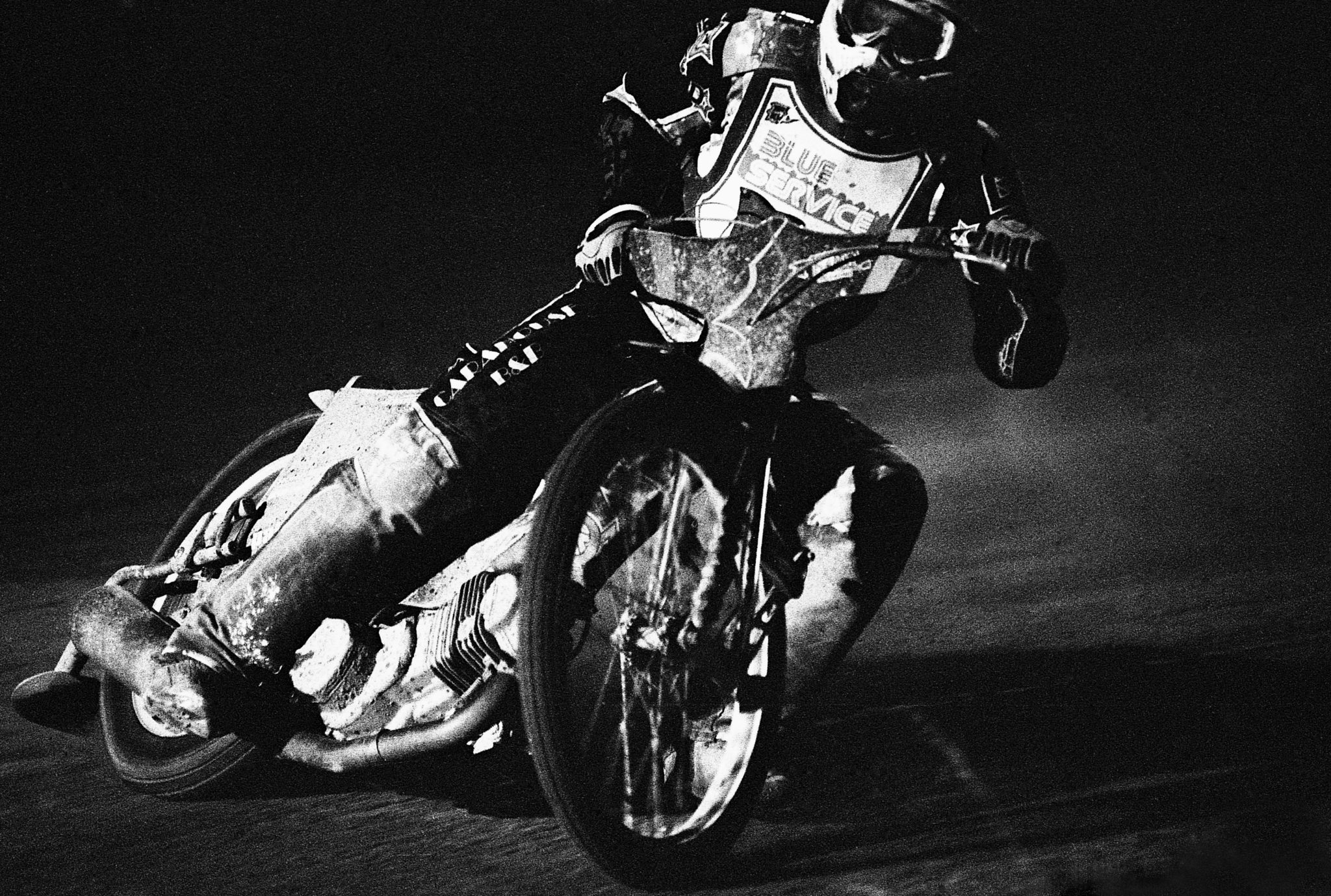
ALESSANDRO SIMONETTI Captures Italy’s UNDERGROUND SPEED FANATICS
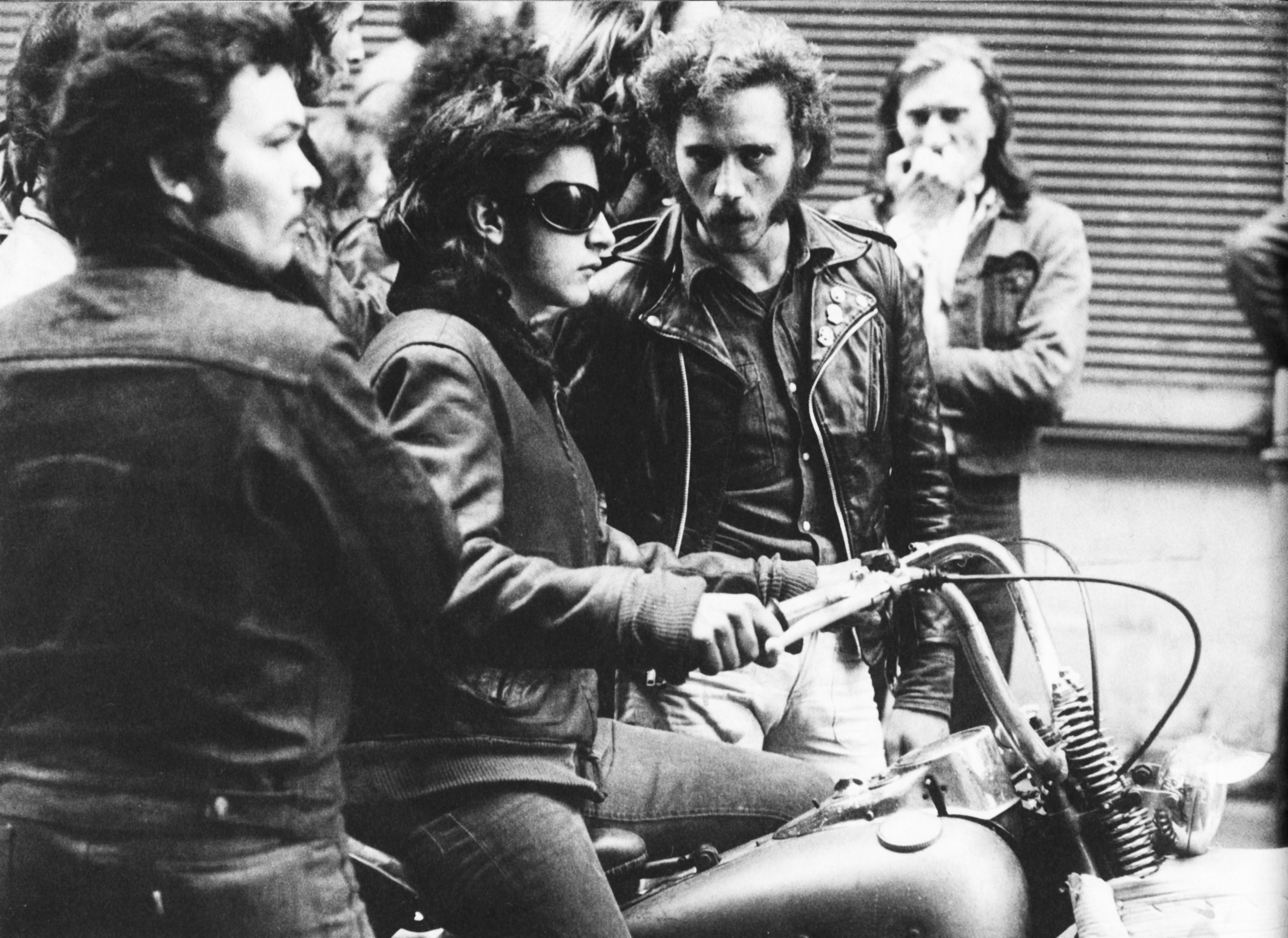
Doing Donuts in the White Cube with Renegade Minimalist OLIVIER MOSSET
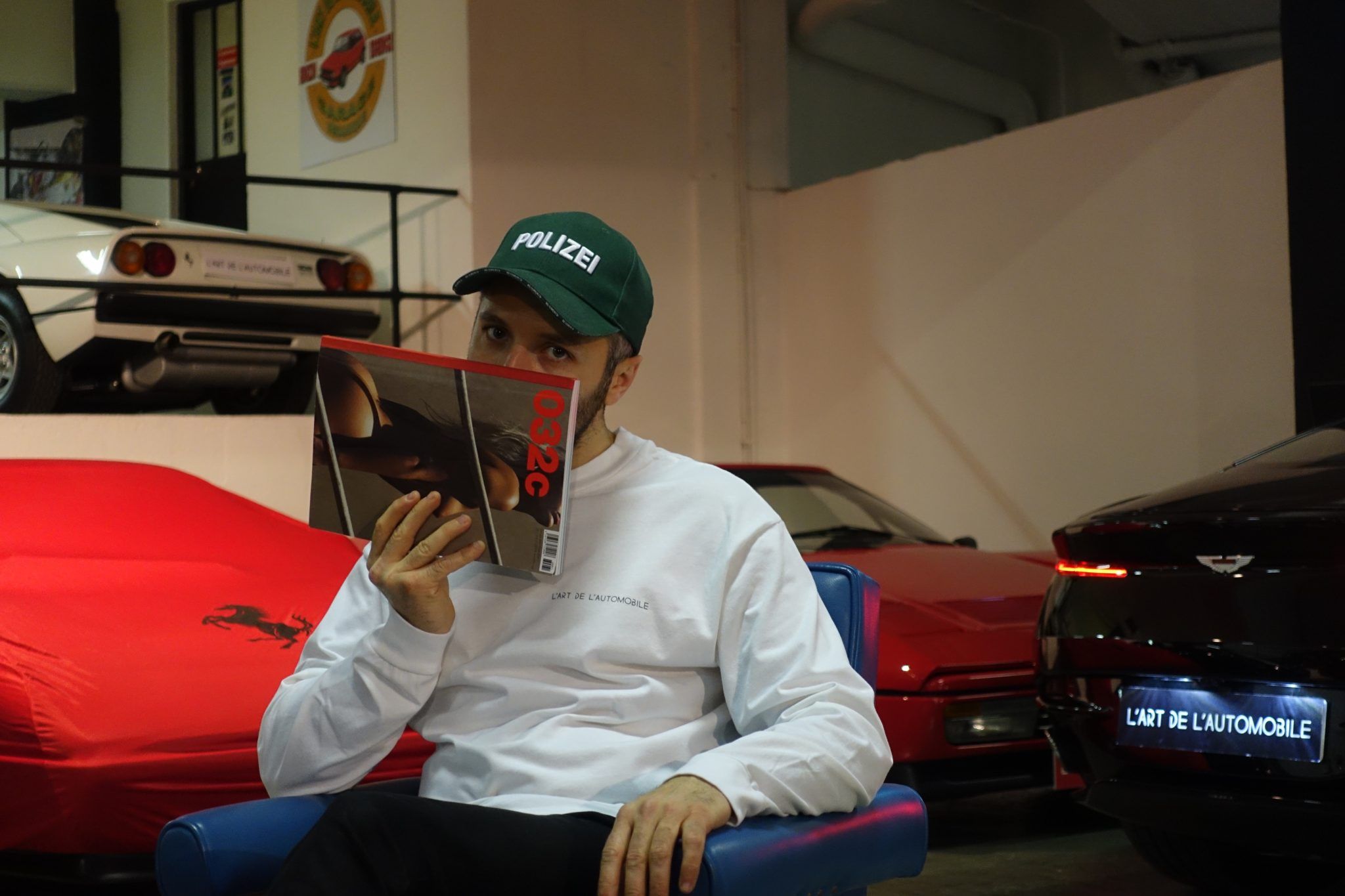
Un Rendez-Vous with Parisian Car Dealer ARTHUR KARAKOUMOUCHIAN

L’ART DE L’AUTOMOBILE and THE BROKEN ARM’s T-Shirt Commemorates Car Burnings in the French Suburbs
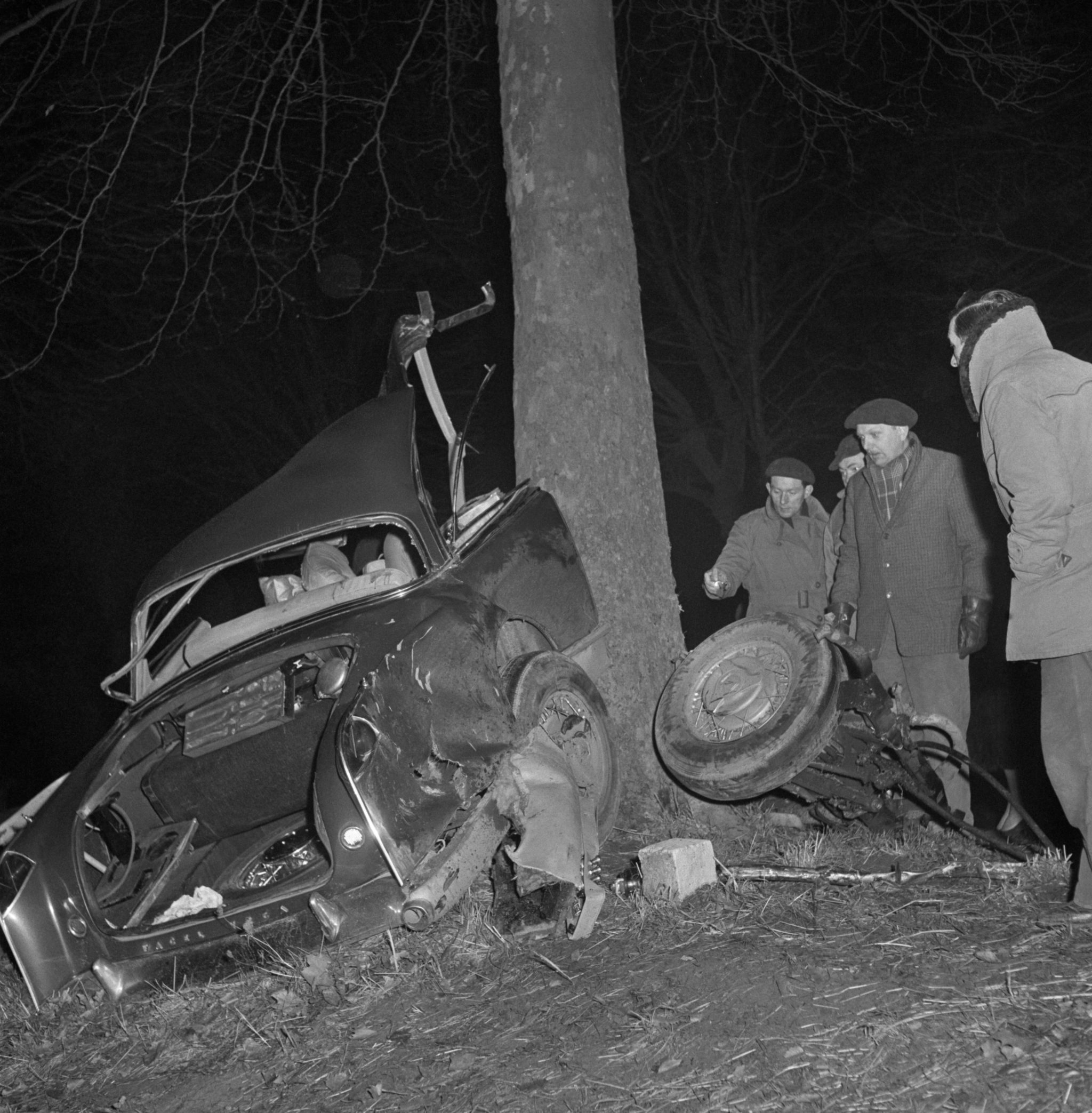
STEPHEN BAYLEY on CRASHED CARS and the DEATH OF THE MODERN ERA
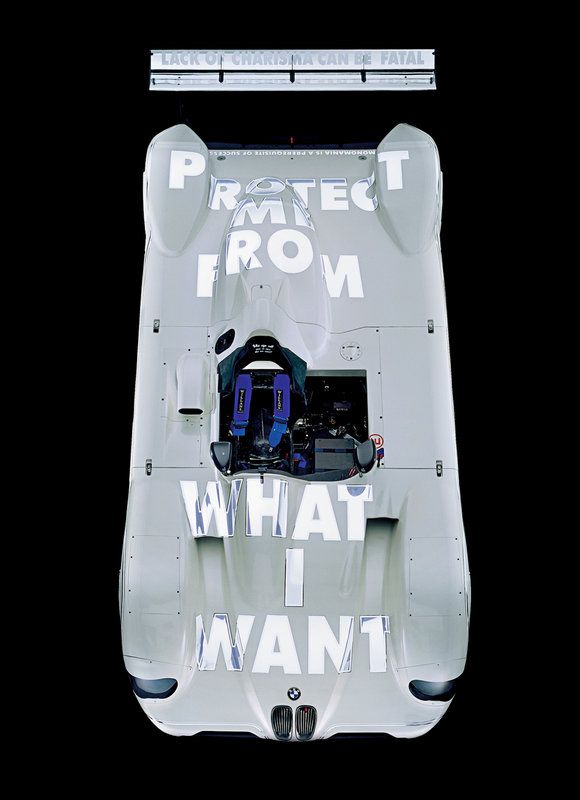
From Sex-Tech to Global Warming: The Chronicle of 17 Artists Who Created BMW’s Acceleration Aesthetics